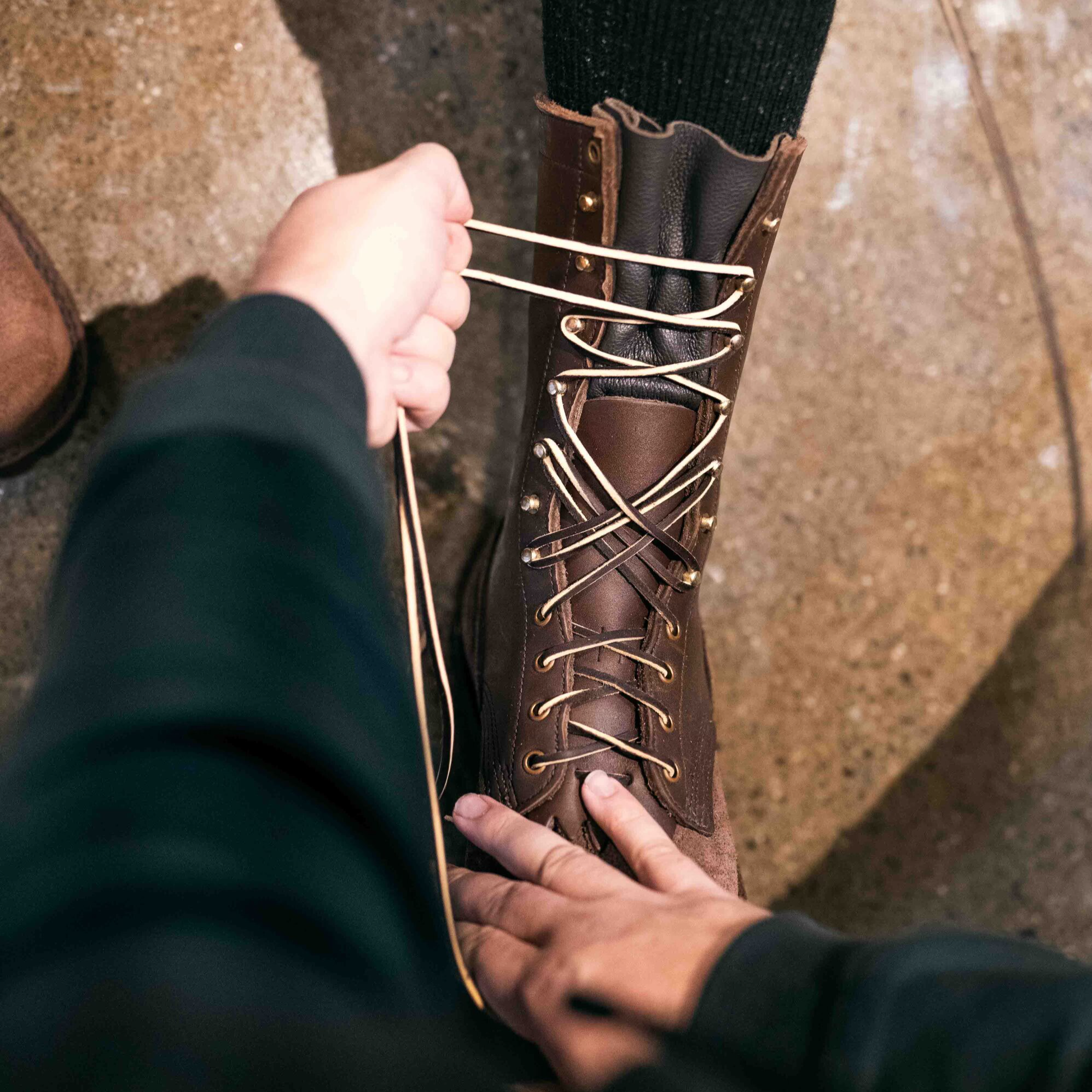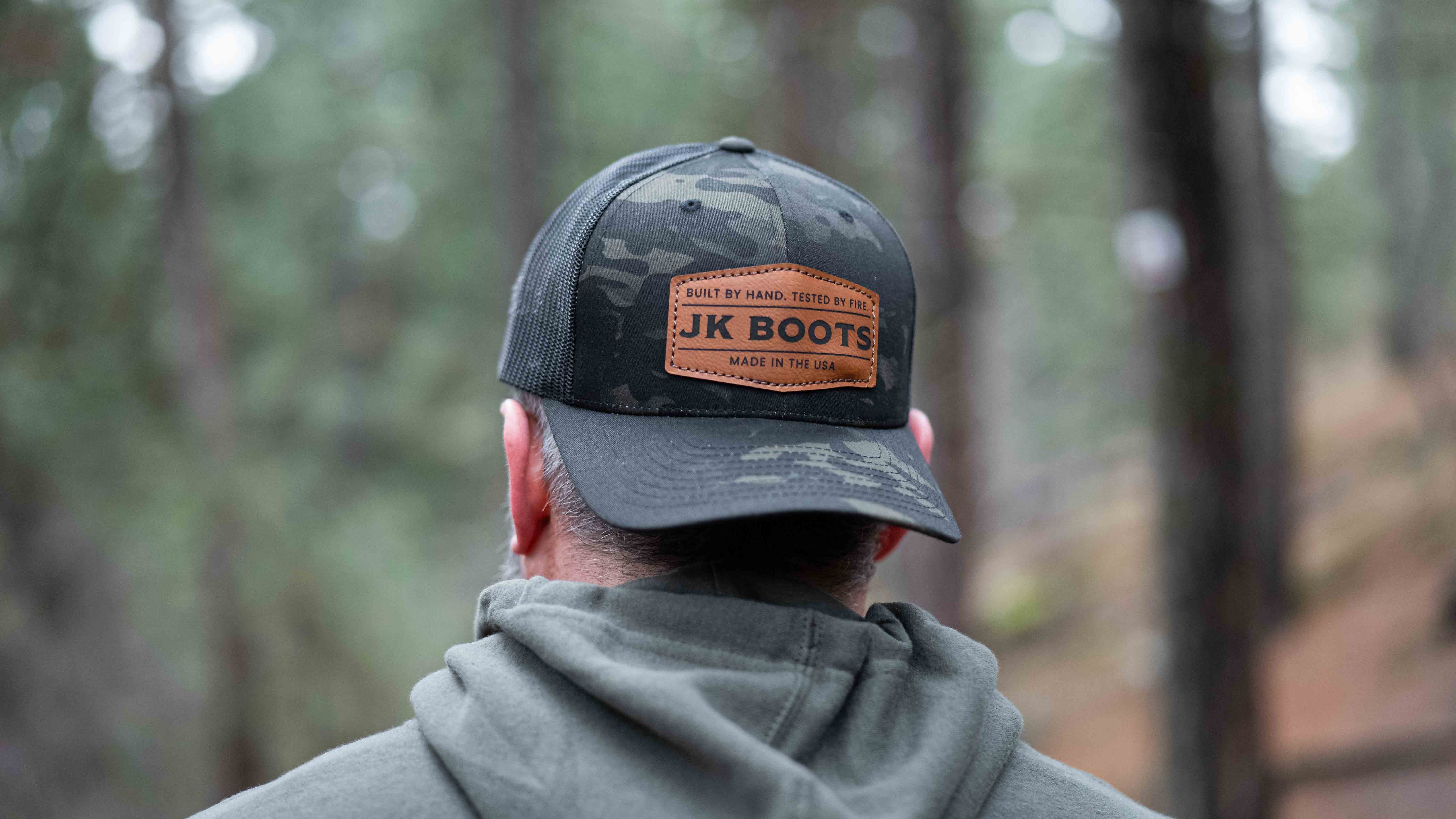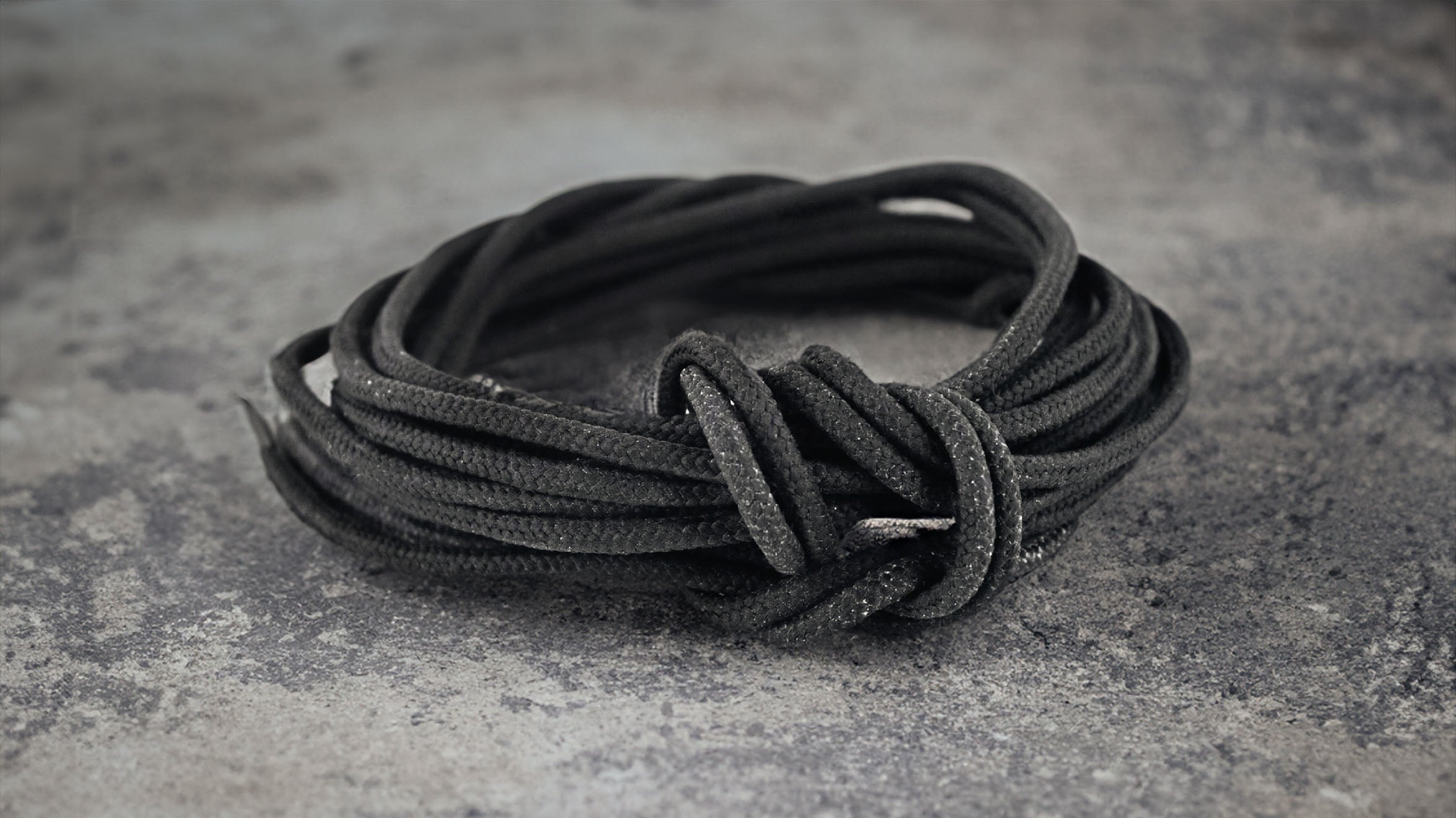What Are Winter Boots Made Out Of?
When the weather takes a turn for the worse, it’s your extremities that take the most punishment. Your hands and feet will quickly begin to suffer in extreme cold—and when you’re working, that’s the last thing you need.
In this article, we’ll go over the key parts of a winter boot, why they’re so important, and what makes winter boots a whole different breed of footwear.
What Are the Different Parts of a Winter Boot?
While a winter boot might look just like a normal work boot at first glance, there are some major differences in the materials used to ensure your feet have the protection from the cold they need.
The upper and lower on a winter boot have to provide a barrier against the cold and should be substantially thicker than usual. One of the most common measurements of leather is in ounces, with a standard work boot usually having around 4oz leather making up the upper and lower parts of the boot.
By contrast, the weatherproof JK Boots Arctic No.2, our most insulated and cold-resistant boot, is crafted from 8oz oil-tanned USA leather, making it insanely tough for the cold to seep through.
You’ll also find a kiltie on our Arctic No.1 and Arctic No.2 boots, adding an additional layer of thick leather to prevent icy winds from finding a way into your boots.
Most winter boots won’t have a steel toe, as the steel will absorb the cold and transmit that into your toes. A great winter boot should be strong enough to withstand bumps and scrapes without compromising on warmth.
For the sole of your boot, you’ll notice that winter boots usually have a vulcanized rubber sole that’ll offer additional heat-retaining protection to your boots. Vibram soles are long-lasting, which is great for a winter boot that’ll take a lot of punishment.
Water-resistant Boots
The upper and lower of your boot also need to be water-resistant to keep moisture from seeping into your boots. Oil-tanned leather is an excellent water-repellant, and providing you’re conditioning your boots once a month, your boots will remain dry throughout a shift in rainy or snowy weather.
Keeping out water is almost as important as having insulation in your boots, so it’s vital to keep the leather in top condition by replacing the natural oils that ensure water will slip off the leather rather than soak in.
Why Insulation is Important for Winter Boots
When you’re working in freezing or sub-zero temperatures, you’ll need more than leather to protect you from the cold. Insulation in winter boots is vital for them to perform in conditions that normal boots simply can’t handle.
Before modern materials such as Thinsulate were invented, winter boots would have a lining of down or sheepskin sewn inside to retain the heat. Thinsulate, a synthetic, modern replacement, is rated in grams, with most winter boots using 200g Thinsulate as the norm.
A winter boot won’t perform without insulation—if your boots aren’t performing, neither are you. There aren’t any industry standards when it comes to insulation for winter boots, which can often lead to exaggerated claims of boots being insulated up to -100° F.
If you’re in any doubt, check the reviews—the guys who wear winter boots year after year know which ones are true to their word. Here’s a biased hint—check out the JK Boots Arctic No.2 review.
Insulation in winter boots is all about regulating the temperature of your feet. Overheating can lead to sweating, which, in freezing weather, can be equally dangerous to your health. Insulation must be breathable, reliable, and able to stand up to the temperatures you’re working at.
Where to Find a Good Insulated Boot
Our flagship winter ranges, the Arctic No.1 and Arctic No.2, are noticeably different when it comes to insulation.
The Arctic No.1 has a mix of 200g Thinsulate on the upper, including inside the 10” shaft, but we know just how cold the cold can be, so we’ve insulated the lower with 400g Thinsulate for extra protection. Rated for freezing temperatures, it’s one of the world's warmest, hardiest winter boots.
When even freezing doesn’t do the weather justice, we’ve created the Arctic No.2, our warmest-ever winter boot. With fully-lined full-grain insulation, the Arctic No.2 can handle sub-freezing temperatures thanks to its custom Thinsulate blend and insulated neoprene footbed liner.
Our WhiteX Vibram soles ensure you’re staying on your feet, comfortable, and protected from the frozen ground underneath your feet. The vulcanized rubber construction is a much better insulator against the cold, adding even more warmth to your daily life.
Winter boots see a lot of rain and snow, so you’ll need to make sure you’re wearing boots that can handle the rain. Our stitchdown construction makes it even harder for water to penetrate your boots, where a boot using a Goodyear welt will soon see moisture getting inside.
We hope you’ve enjoyed this article and found the information interesting. We’re passionate about our winter range and believe there are no better winter boots than the Arctic No.1 and Arctic No.2. With a little monthly care, they’ll keep you protected for many winters to come.
FAQs
What is the best material for winter boots?
Thick, treated leather is one of the best materials you can find for winter boots. It’s weatherproof, flexible, robust, and will last for years. Standard leather boots use 3-4oz leather, but for winter boots, you’ll be looking for leather that’s at least twice that thick to ensure they’ll withstand the cold.
What makes a warm winter boot?
Insulation and weatherproofing are everything when it comes to winter boots. Look for insulation that’ll withstand freezing temperatures, and ensure your boots are water-resistant to keep out moisture. Thinsulate is an excellent choice for insulation and should be at least 200g rated to ensure you’re warm enough.
What is the difference between snow boots and winter boots?
Snow boots are designed to be worn in snow, often deep snow, and will usually have an outer material that’s waterproof. Winter boots can handle ice and snow but are better suited to freezing weather where grip and heat retention are primary. Snow boots are warm but aren’t ideal for working outside if there’s not substantial snowfall.
Are snow boots made of leather?
Snow boots can be made of many materials, including padded nylon, leather, and suede. Leather is excellent at keeping in heat and, if treated properly, will also remain water-resistant. Leather has been used in footwear manufacture for thousands of years and has all the properties needed to make a great snow boot.











Leave a comment